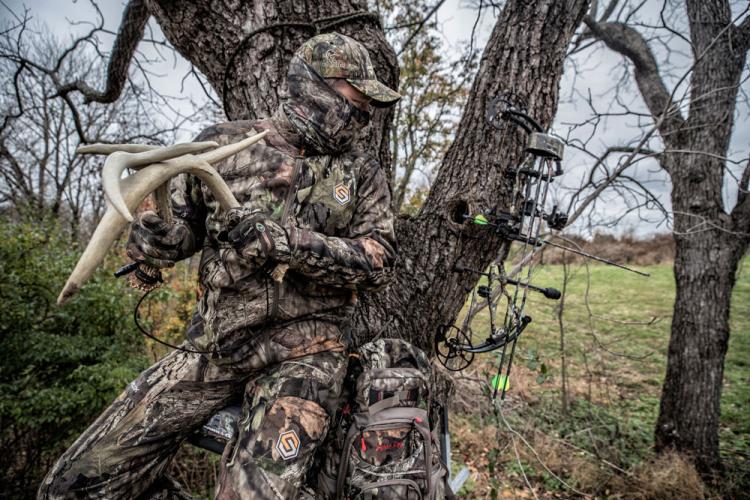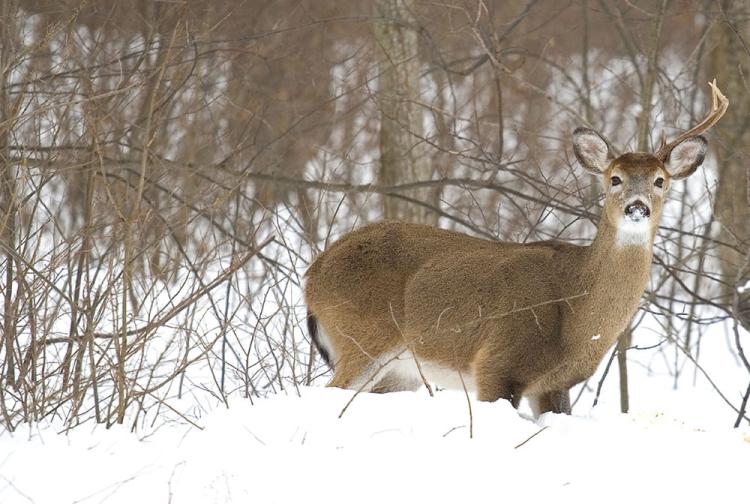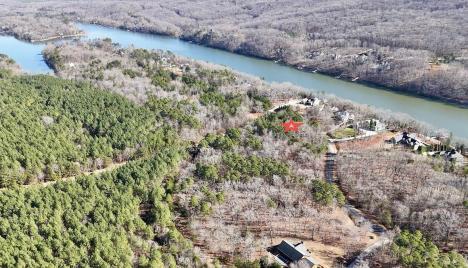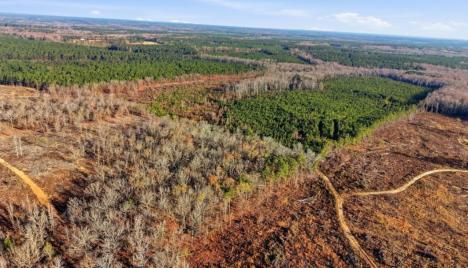Gerald Almy
Finding shed antlers can happen anywhere in a deer’s home range, usually encompassing hundreds, if not thousands of acres. But the odds are good; 90-percent or more of the antlers you discover are going to be found in one of three locations.
Unless it’s located in a winter feeding area or along a travel route, chances are good when you discover a shed, you have found part of the core bedding territory of the deer that dropped it. The thickest, most remote areas are the ones dominant, older bucks will claim. Overgrown swamps, conifer stands that block the wind and provide thermal protection, saddles in ridges, brushy hollows, creek bottoms, benches just down from ridge tops, regenerating clear-cuts, and overgrown thickets with dense shrub cover are the places to look for sheds left by bedding bucks.
Find a shed in this type of habitat and you’ve likely pinpointed a great early season and late season stand location on the edge of that thick cover. At least that’s been my experience - the same rough, dense hideouts the bucks use in late summer and early fall are often hot again as the hunting season’s final days wind down during late December or January, after the rut concludes. It’s a spot that has kept them safe thus far. These are often the same spots that serve as escape areas for bucks if you hunt in high-pressure situations.
If you find a good shed and it’s not in a thick, jumbled or remote bedding cover, chances are it’s on a route the animals use from that daytime bedding cover to evening or nighttime feed areas. This is also a valuable discovery and can be a prime fall stand site, especially if you locate a pinch-point or other restricting structure along the route. Using topography maps and aerial photos, try to figure out where that deer was moving from and heading to. A buck certainly will vary his travel patterns, but if you find his antler, you are at least on one key route he uses.
Exploit the spot where you discovered the shed as a center point and explore all around in every direction. Work in circles trying to trace back the buck’s movement towards his major bedding area. You may find the matching shed of the buck or locate another antler from an even older deer. Both during late summer/early fall and in late winter, bucks will typically be bunched up in small groups or occasionally alone.
When you locate a shed along a travel route or transition corridor, start looking downhill from there in elevated terrain or towards more open fields and try to predict where the animal was heading to feed. This might be an acorn flat, an orchard with remnant fruits, or an area with succulent forbs and browse. More than likely, however, it means an agricultural field with leftover crops or a food plot. Whichever potential feed areas you discover, follow the tracks and/or rubs to see where they lead.
You want to know which prime, late-season feeding sites your deer are using. And you’ll stand good odds of finding another shed or two further along the route or at the feeding site itself.
The number of sheds you find in these areas seems to vary a lot from region to region and even among specific properties. Some “shed heads” find a lot of antlers at the actual night feeding areas; others only a few. I have to admit, I’m in the later camp, finding perhaps 15-20 percent of sheds I locate in these areas. Another 40-50 percent I pick up at bedding spots, the remainder mostly along travel routes.

To succeed at this sport, the best advice most experts give is to simply cover lots of ground and look very carefully. Remember, this isn’t a race. It’s not how fast you walk, but how carefully you scour the ground. Obviously, it also pays off best to concentrate your efforts in the likely places mentioned above.
Tip: If you have a choice, hunt during a light rain or on cloudy days. The antlers show up better then. If you have to hunt during bright, clear weather, keep the sun at your back and wear polarizing sunglasses.
Finally, two items I like to bring on every shed hunt are a walking stick and a good pair of binoculars. The optics save energy for when you see something 75 yards away but aren’t sure it’s worth walking over to check out. I can’t tell you the times that “something small” turned out to be a portion of an antler that I would have otherwise walked past.
It’s important to keep your hopes in check when you hunt for sheds. Don’t anticipate finding an arm full of antlers. If you pick up two or three on a half-day outing, consider it a successful shed hunting expedition.
Some days you might find half a dozen, other days zilch. Once you find your first deer antler, though, chances are you’ll make shed hunting a regular part of your outdoor activities.
Shed hunting is a great way to introduce youth to outdoor sports and the world of whitetails, it’s great exercise and something to do with your friends and family that will cure cabin fever. And best of all, when fall arrives you’ll find that what you learned from searching for sheds has made you a better hunter.






